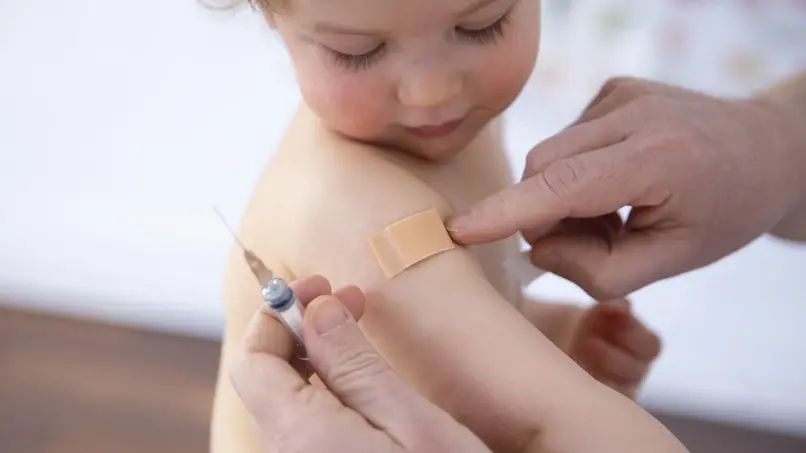T4K3.news
Autism study links parental workplace exposure to severity
A new study links parental chemical exposure at work to autism symptom severity in children, amid questions about a CDC division's fate.

A California study links parental workplace chemical exposure to autism severity in children, set against the elimination of a CDC research division.
RFK Jr shuts down CDC unit tied to major autism study
A large new study finds that parental exposure to certain workplace chemicals may be linked to greater severity of autism spectrum disorder in children who already have an ASD diagnosis. Conducted by researchers from the former CDC’s National Institute for Occupational Safety and Health (NIOSH) and UC Davis as part of the CHARGE study, it analyzed data from 532 children aged 2 to 5 and used established diagnostic tools to measure autism severity and broader development. Exposures covered a range of chemical classes, with plastics and polymer chemicals showing the strongest association with poorer cognitive and adaptive outcomes, and with some effects appearing stronger when both parents were exposed. The researchers note associations with ethylene oxide, phenols, and pharmaceuticals as well, linking these to more severe symptoms and behavioral challenges in children.
Key Takeaways
"Plastics and polymers stood out across cognitive and adaptive outcomes."
McCanlies on the strongest signal from the data.
"Workplace safety isn’t just about protecting workers it protects the next generation."
Hertz-Picciotto on broader implications for safety policy.
"This study is unique and few others have looked at parent work exposures."
McCanlies describing the study's novelty.
"More longitudinal work is needed to confirm causation."
McCanlies outlining future research needs.
The report sits at the intersection of science and politics. On one hand it expands the conversation about autism beyond diagnosis, suggesting parental occupational exposure could influence how the condition manifests. On the other hand the article frames the research within a political context by noting the elimination of the CDC division involved in related work. That pairing raises questions about funding priorities, scientific independence, and how political decisions can affect long-running studies. The authors acknowledge limitations common to observational studies, including exposure assessment based on job histories rather than direct measurements. Still, the work adds a cautious but provocative angle to how we think about prevention and safety for workers and their families.
Highlights
- Plastics and polymers stood out across cognitive and adaptive outcomes.
- Workplace safety protects the next generation.
- This study is unique in looking at parent work exposures.
- More longitudinal work is needed to confirm causation.
Political sensitivity around autism research linked to workplace exposure
The piece ties a high-profile political figure to a decision affecting a CDC unit, raising concerns about budget, research independence, and public trust in science.
The findings push us to consider how workplace safety practices protect families as a whole.
Enjoyed this? Let your friends know!
Related News

ADHD studies show wide impact

New study supports vaccine safety against aluminum claims

Smartphone Use Before Age 13 Linked to Mental Health Issues

Discovery of four autism types could revolutionize treatment

New study links smartphone use in youth to mental health issues

Study links lead exposure to increased dementia risk

New study links verbal abuse to poor mental health

Binge gaming linked to youth mental health risk
